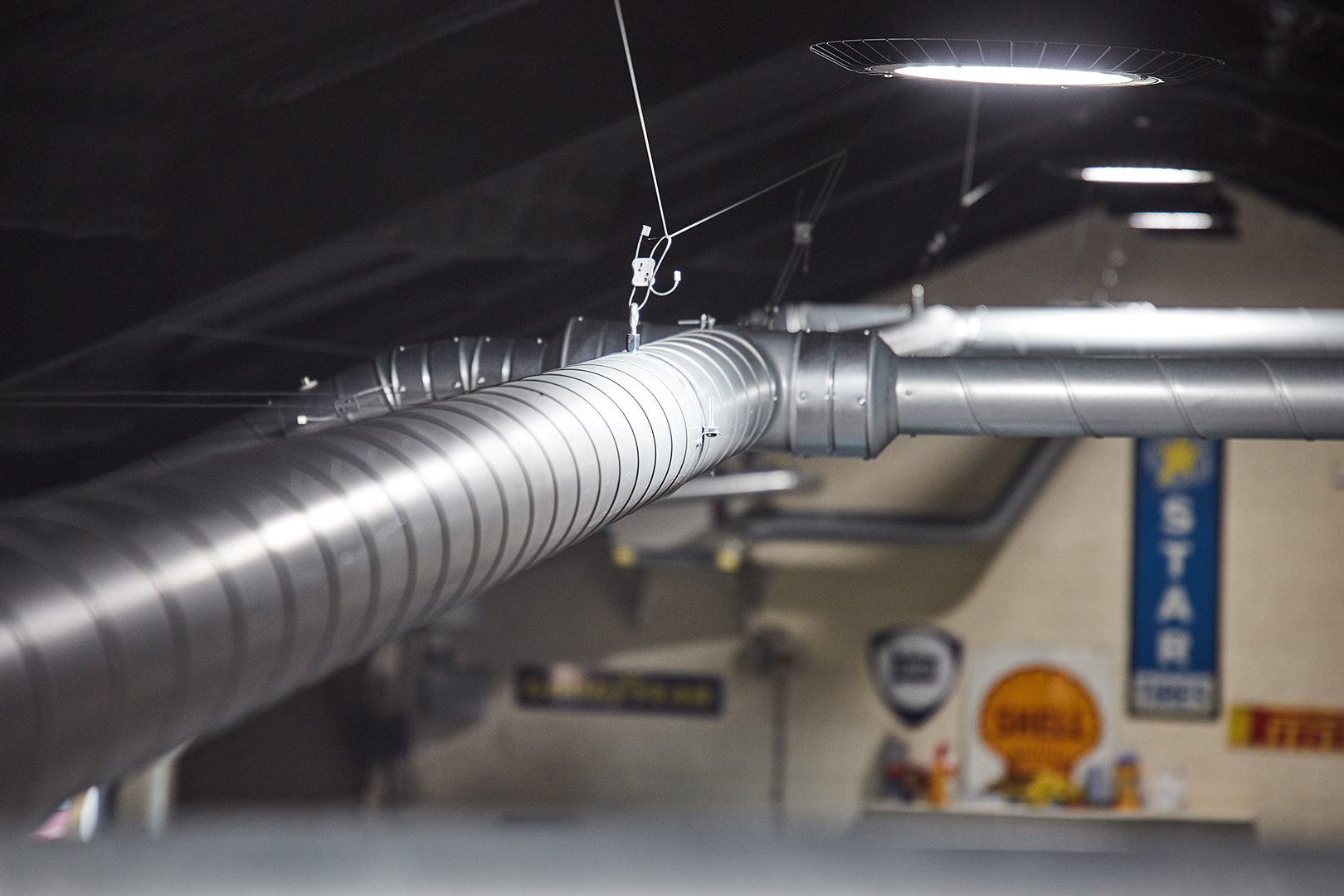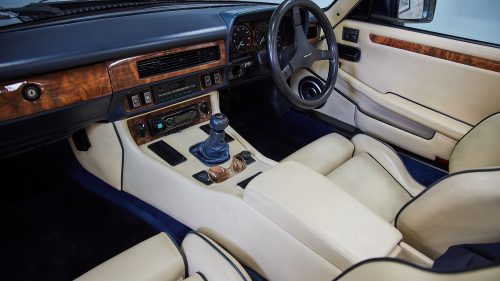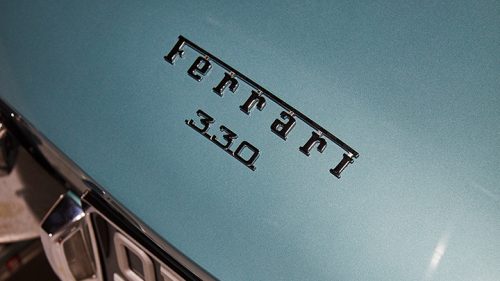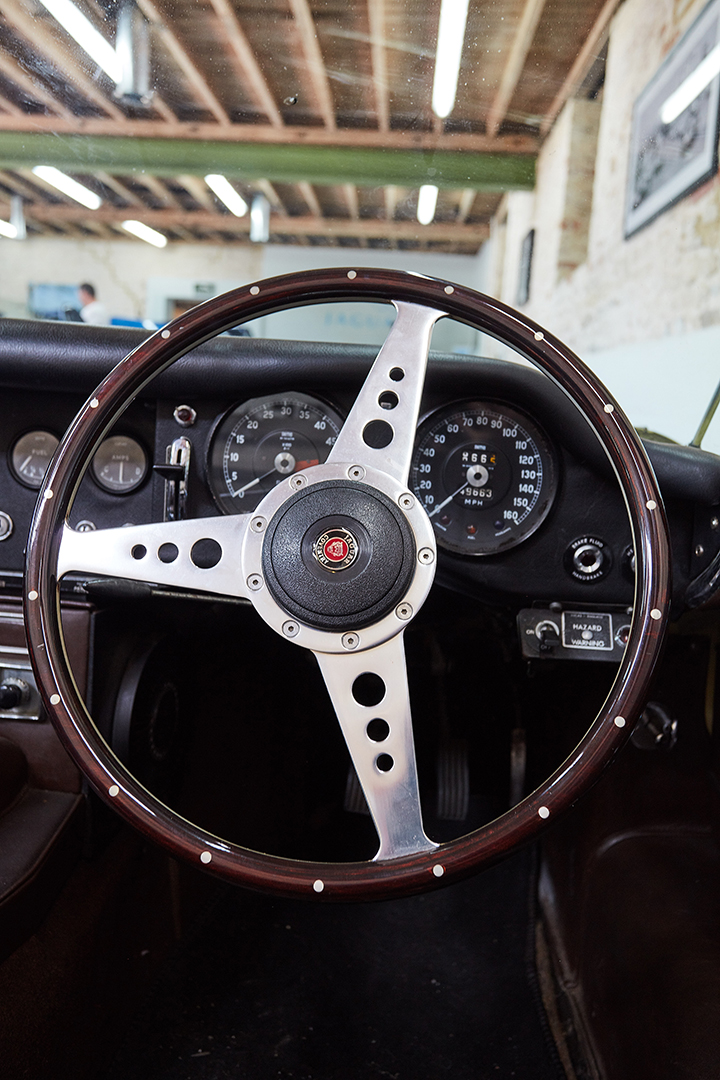
The history
Since the early 20th century, vehicular electrical systems have steadily gained importance as an integral part needed for the correct functioning of the vehicle. Cadillac first introduced electric ignition starters in 1912, 1930 saw the creation of the first car radio.
The alternator arrived in the 1960s along with Cruise control, electric windows, and intermittent windscreen wipers. The giant leap in vehicle electrical systems came in the 1970s with the advent of microcontrollers, which now control nearly every function of the vehicle.
Contact us for a quote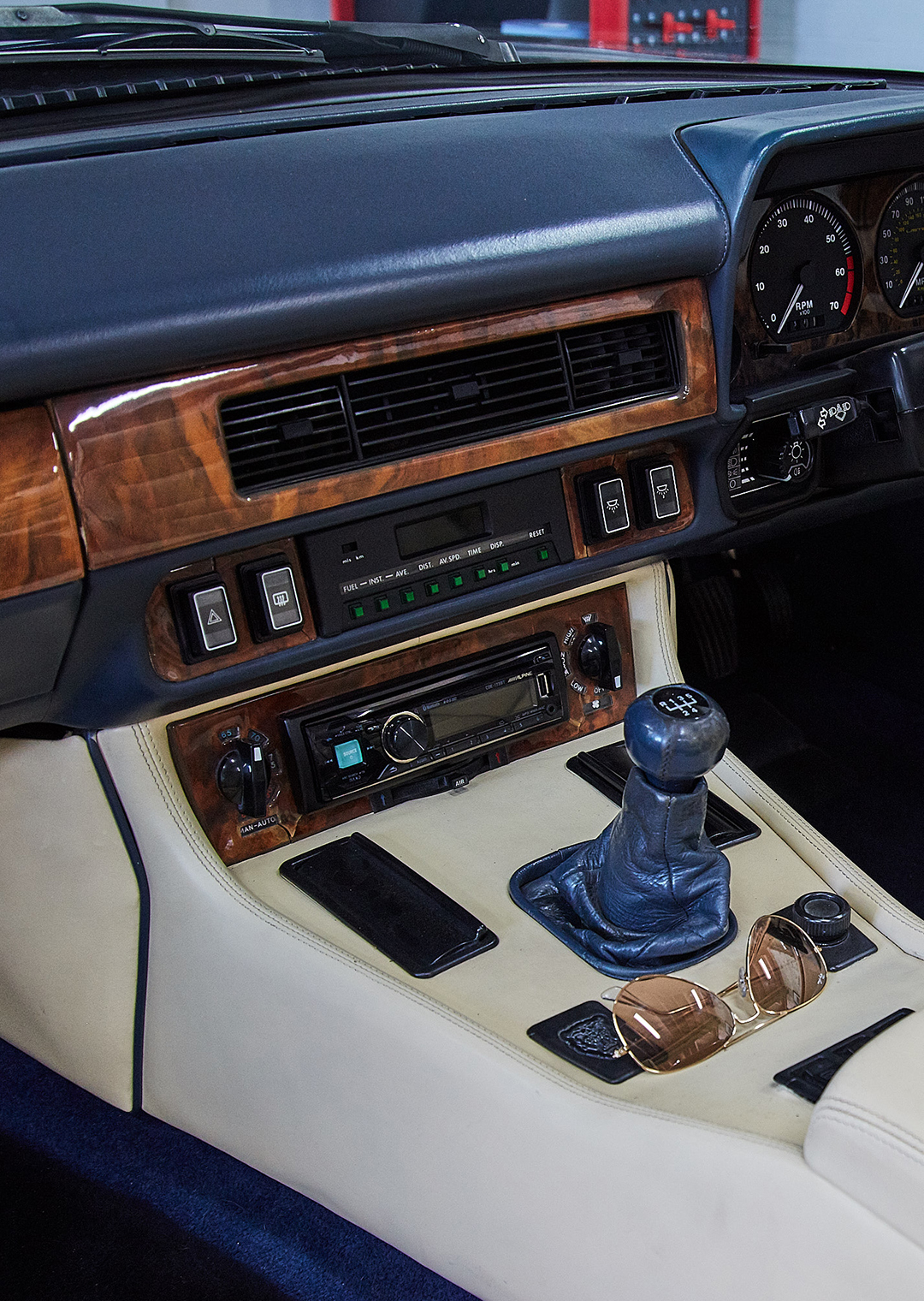
Finding stability in sensitivity
Dehumidification is a key component in looking after your car’s electronics as all electrical systems are sensitive to humidity. Conductivity in devices can be modified by high humidity. That can lead to corrosion and malfunction. Condensation can also be a real problem. On the other hand, low humidity can cause components to become brittle and dangerous.
With electrical systems being sensitive to both extremes of the RH scale, it is ever more so important to ensure a constant, sympathetic RH level is maintained.
Humidity in the United Kingdom remains relatively constant throughout the seasons, usually between 79% RH and 89% RH, which means moisture can accumulate all year round.
Contact us for a quoteAvoiding a flow of faults
Corrosion of electrical systems begins from around 55% RH; anything under 35% RH will cause the system components to become brittle, becoming susceptible to fractures.
Electrical systems are highly dependent on a good “flow” of electricity. Every electric installation, however, has to be interrupted at some point and then connected again. These interruptions allow the insertion of things like switches, fuses, relays, or appliances. Every such spot adds a possible weakness in the installation, which is, over time, prone to failure.
Regarding car electrical problems, most faults come from corroded or loose contacts (corroded or loose screws or nuts that hold contacts, corroded or loose connectors, etc.). Although most electrical connectors are insulated and protected very well in today’s cars (plastic and rubber protection), moisture and filth can get inside and cause corrosion over time.
The effects of corrosion
Connectors usually suffer and display the effects of extreme RH before the rest of the electrical system.
The ingress of moisture into a connector may result in corrosion around the pins. The effects of corrosion in a connector can be:
- The increase of surface resistance with the possibility of over-heating culminating in the loss of performance or even a fire
- The corrosion bonds the mating halves of the connector together
- A drop in voltage affects a vehicle’s lighting system.
- Corrosion can also travel down wires from the connector, destroying the wire from the inside
With hundreds of meters of wiring and an evermore increasing number of interruptions and subsequent connectors, even connectors aren’t at risk in a PROTECT environment.
